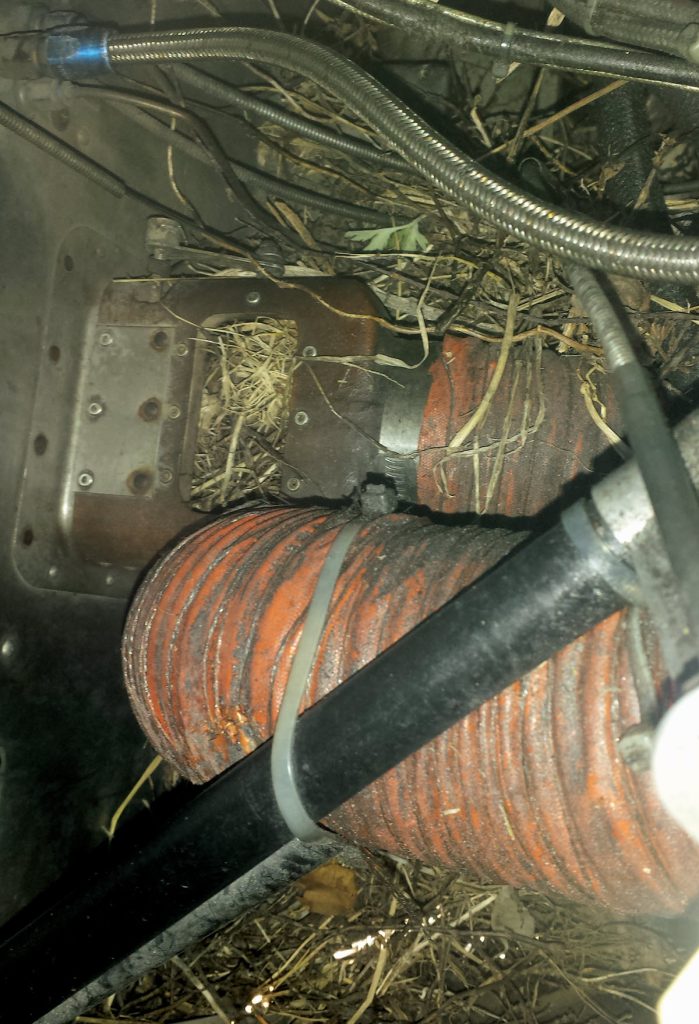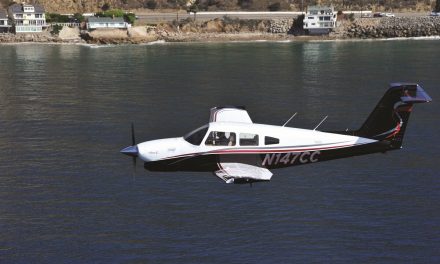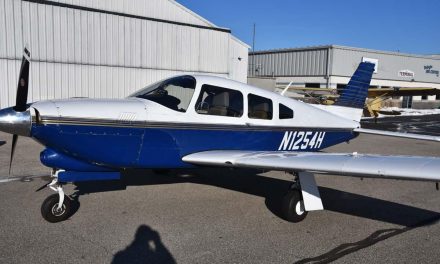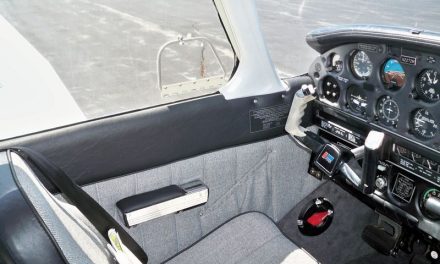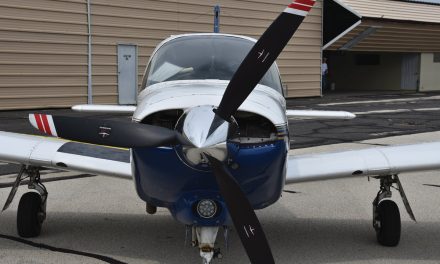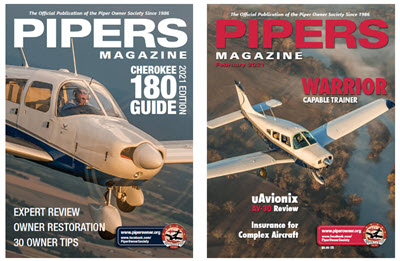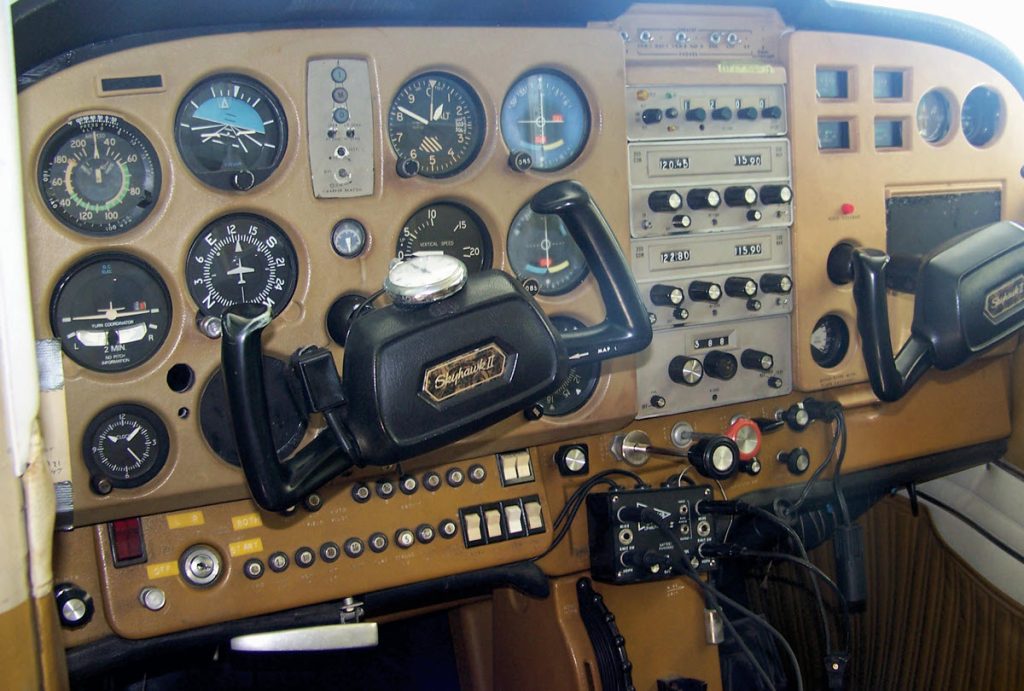
By Cal Ziegler, The Inspector (A&P/IA)
Editor’s Note: Although Carl is chronicling the purchase of a Cessna 172, his observations on this journey also apply to purchasing a Piper.
Do you have the urge to buy or upgrade your current magic carpet? This is my two-and-a-half-year quest to locate a 172 that was purchase worthy. Having a maintenance background does not necessarily make it easier to find an aircraft suitable for purchase. Previously I had been flying a 1966 Alon Aircoupe and absolutely loved that little airplane, but it was time to upgrade to something a little more comfortable, one with two doors for ease of in and out. Especially important when you start hitting the senior ages. I should mention that I learned to fly in the Cessna 150 and the 172 series.
My shopping list was simple, as I certainly was not looking for a glass panel or something that was recently overhauled and very flashy. I was looking for a 172M model and wanted to stay with an aircraft that had a 12-Volt electrical system for compatibility and ease of maintenance. I wasn’t overly concerned with engine time, but I was trying to keep the airframe time a good percentage under the 10,000-hour mark. My number one goal was to find an airframe that was actually in good shape. As a mechanic I wasn’t overly concerned with mechanical conditions as I expected that any items uncovered could hopefully be remedied with time, skills and money. I also knew that avionic installations were going to be all over the board for equipment age and condition. Fortunately, in retrospect, I was lucky to be doing all the shopping prior to COVID. Looking back at the time frame, this turned out to be very beneficial as market prices were “normal” compared to the present day. As a story time-frame reference, I finally found my airplane in the summer of 2018.
As a teaser, note the photo of the bird nest in the cowling I looked at in the Chicago area. This plane sat on the ramp looking very dejected and needed more help than I was willing to give it. Not uncommon and sad.
What I Found
Observation Number One: There is rarely an airplane available in your immediate area.
The necessity to travel becomes an important requirement when you’re shopping for an aircraft. The alternative? Have someone you trust lay eyes on any prospect. I was very fortunate to be working for an airline which allowed me the freedom to travel on a standby basis without the restrictive cost of buying a last-minute ticket. Carol would also be going with me on a majority of the junkets, as these aircraft were scattered across the country. In a nutshell, I looked at 26 airplanes from the Midwest down to Orlando and out to the coasts of Oregon and Seattle.
Observation Number Two: Just like shopping for a used car, owners would ask market value for an aircraft that I swear had never seen a vacuum cleaner or a spray of Windex.
It was apparent that teenagers must have been living in some of these planes for the last month or so. The exceptions would be the aircraft that dealers were marketing or aircraft that had been freshly updated or painted. Unfortunately, those aircraft were a very small percentage .
Observation Number Three (from Carol): Many owners seemed totally unaware of the actual condition of their airplane.
That becomes painfully obvious when you look at the exact same model of aircraft and you’re able to compare airframes, with the only variable being maintenance performed or should I say not performed.
Observation Number Four: Not one seller, in all of my travels, ever asked what I did for a living.
This was one of the most perplexing observations. If you note my bio, you’ll see that I have an IA rating, with more than a couple years of experience. This is in conjunction to working full-time as an aircraft inspector at a major airline. Get this, I never indicated my experience level with airplanes or my maintenance background in aviation. When I discovered issues, I would very casually, but sternly, point out airworthiness issues on their aircraft and encouraged the owner to have their mechanic take a better look (or second look) at a noted discrepancy. After viewing the first couple of airplanes this almost became a joke between Carol and I as to whether or not somebody would ever quiz me on my background.
Sadly, and stunningly, some of the issues uncovered in my walk around pre-purchase inspections would be considered grounding issues, apparently unknown to the present owner. A few of these aircraft recently had their annual inspections.
Enjoy and learn from the brief stories on a few of the 26 aircraft that we looked at across the United States. I ended up purchasing number 26 in the summer of 2018.
Airplane #1
Lesson Learned: Always inspect the plane in person. Pictures don’t tell the whole story.
Location: Indianapolis area
The group selling this aircraft did a very nice job of presenting the aircraft on the Internet. To their credit they had many photos and good information. On the trip down Carol made the comment, “Do you think this will be the airplane you might buy?” As she would soon discover, the smart shopping philosophy is to inspect everything in person and never rely solely on photographs. This principle would shape the rest of our shopping experiences.
This first aircraft was your standard 172M and supposedly had a recent repaint. It looked really good in the photographs but when I got within 10 feet it was obvious that the plane looked much better online than in person. The airplane was freshly painted, but it was painted over the old paint which was never stripped from the aircraft. The paint surface actually had a tactile “texture”. I have, over my tenure in aviation, labeled this kind of paint job, “vortex inducing paint.” It’s like someone added grit to the paint but in fact it was just very poor application.
We walked up to the airplane together and Carol took one look at it and while she’s not mechanical, she knows what a good paint job is supposed to look like. I took one look at her and she knew exactly what I was thinking. I motioned for her to go hang out in the office for 10 minutes and I’ll just go through the motions of looking at it to justify the 600-mile trip. I thanked the dealer and left after spending about 20 minutes total at the airport. So much for airplane number one.
The rest of this article can be seen only by paid members who are logged in.Have a website login already? Log in and start reading now.
Never created a website login before? Find your Customer Number (it’s on your mailing label) and register here.
JOIN HERE
Still have questions? Contact us here.
Carl Ziegler has close to 50 years of continuous experience working as an aircraft technician and 38 years as an IA. In addition to GA, he has acquired over 38 years of airline experience with Northwest and most recently with Delta, finishing his last 13 years of airline service as an aircraft inspector. He currently flies a 1976 Cessna 172N.

